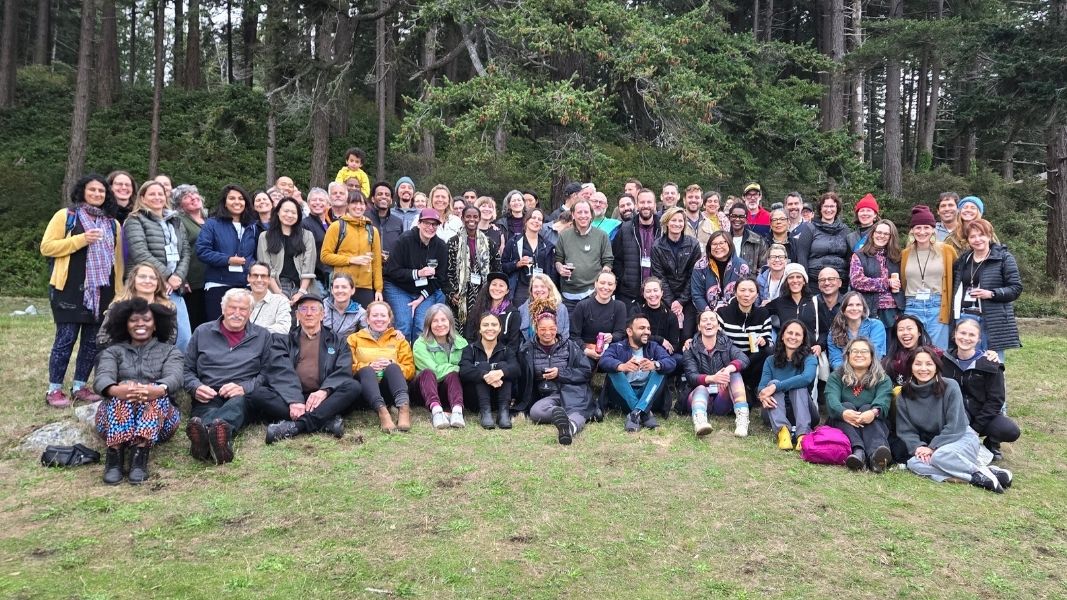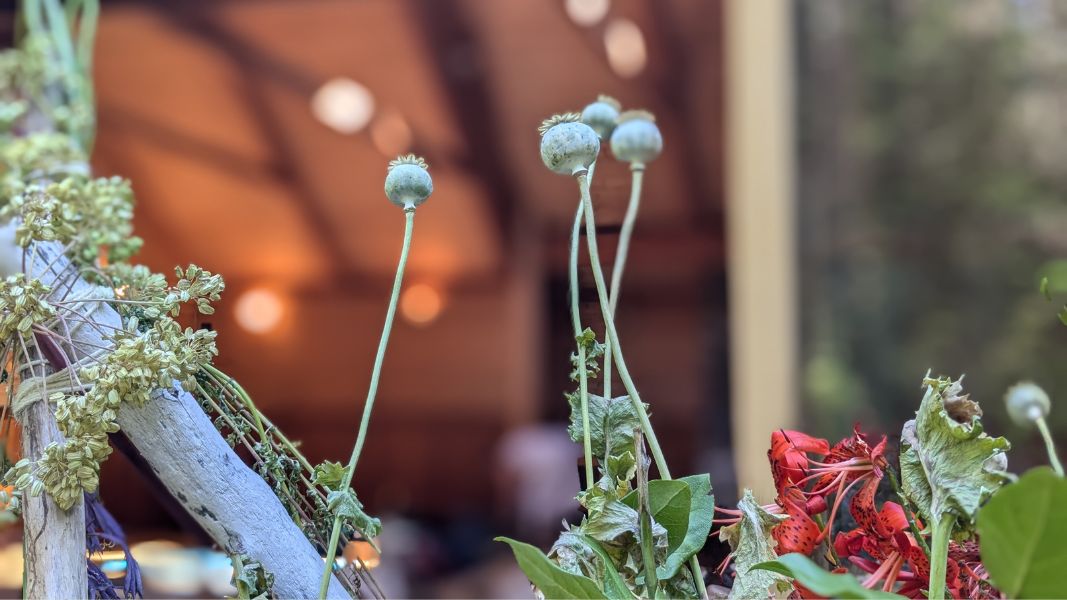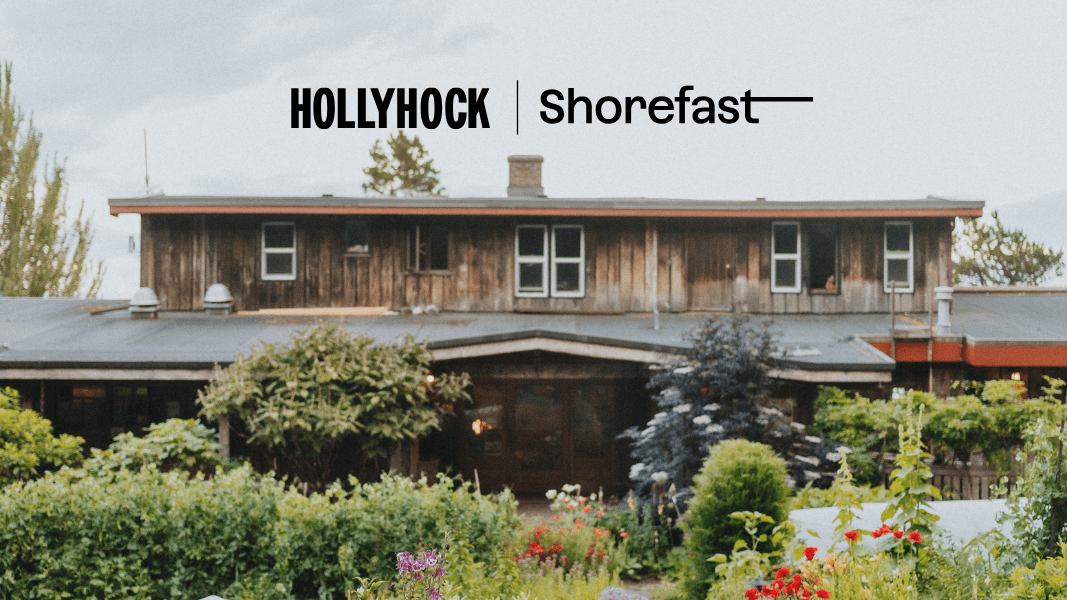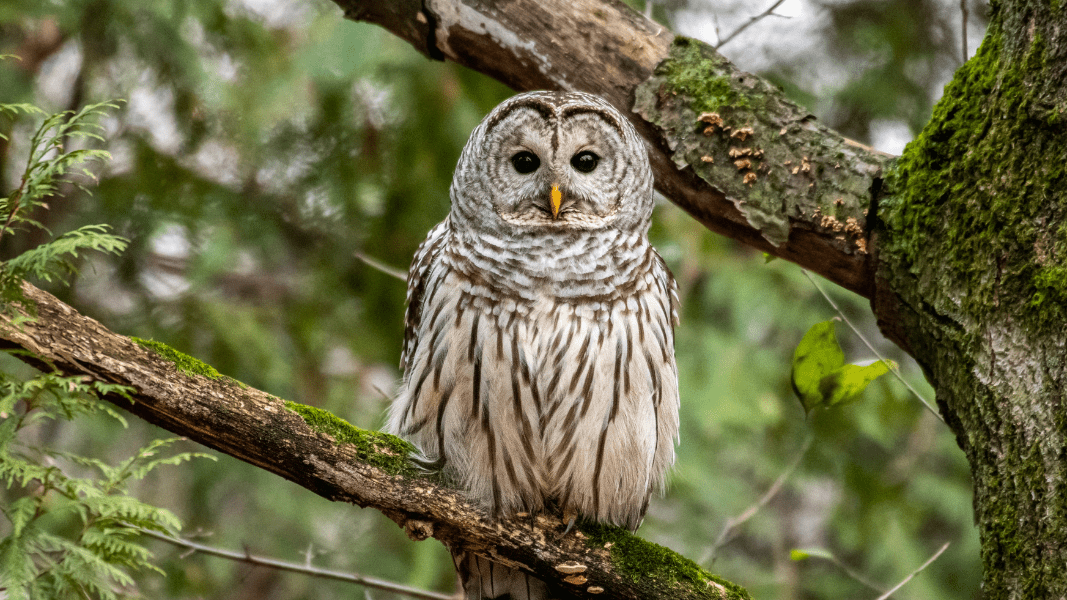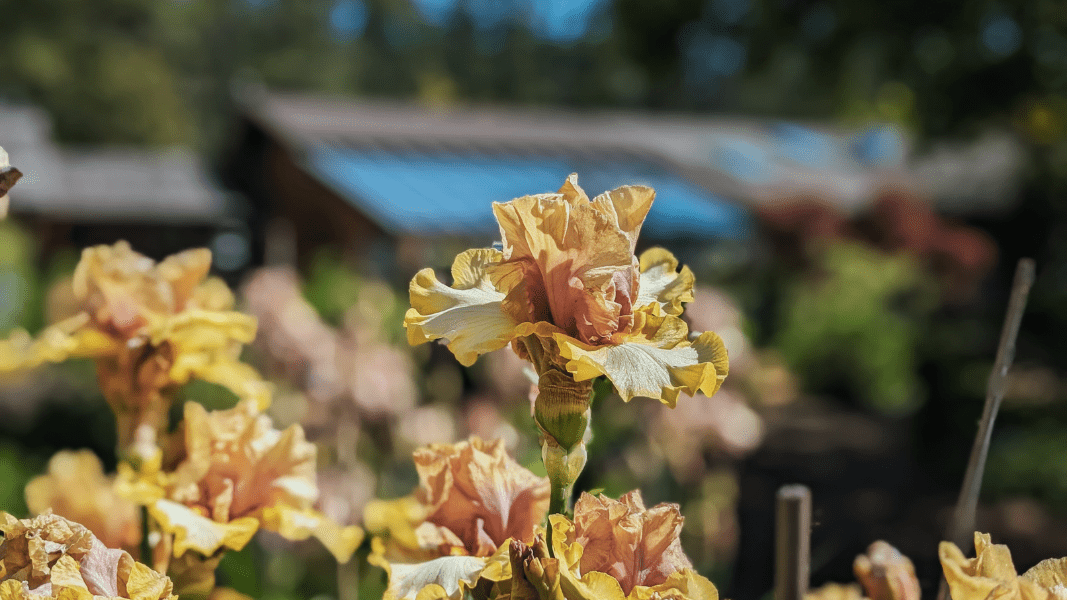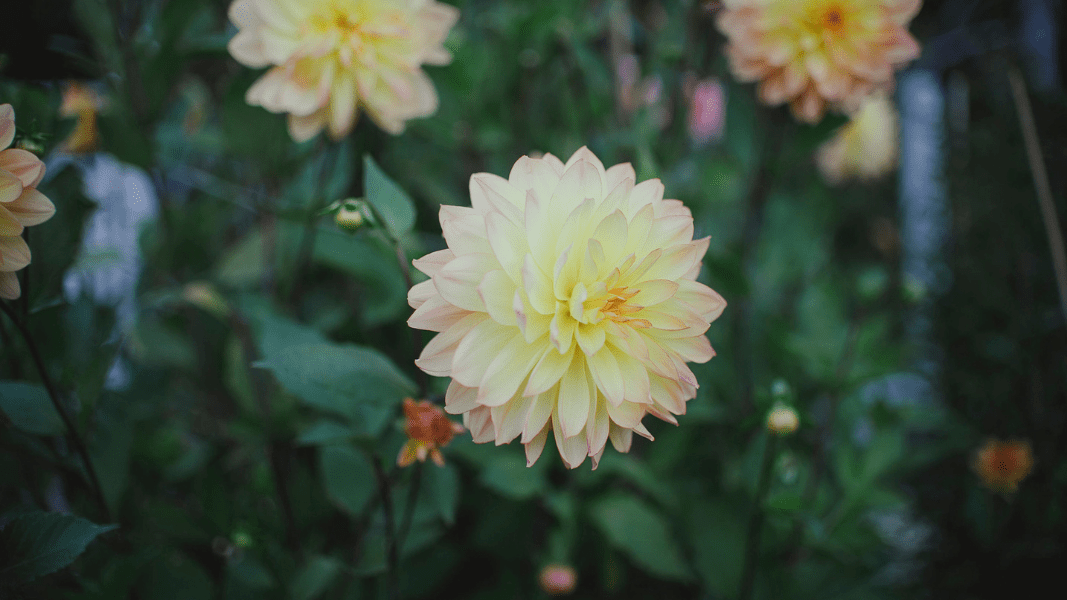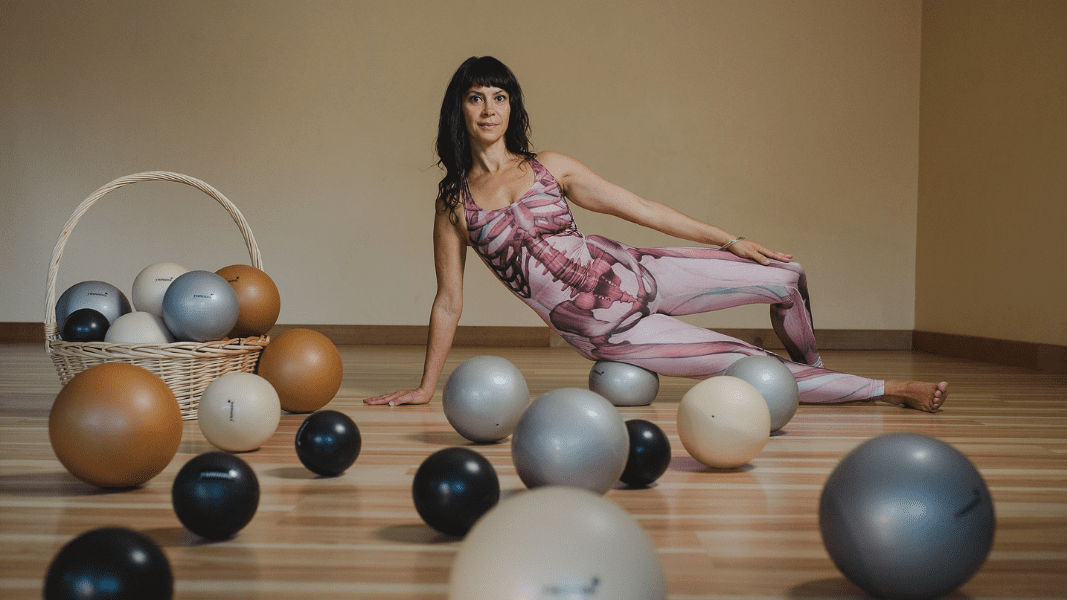Yin is always in relationship to something else, the b side, or heads to tails. Yin is feminine, yielding, solitary and fluid. It is the antidote to the fast pace of over performing and over doing.
Yin works to establish balance, there can be no good without bad, joy without sadness, or justice without understanding injustice. Without the opposite to act as a measure how do we know when something is happening?
Cultivating peace is the development of internal strength, the creation of internal resources in order to show up in the world in the best way possible. Internal peace establishes power to connect, to be in community with people in your physical as well a virtual world. In order to shift systems that maintain inequity, one must look internally at the individual ways in which they participate in oppression. Starting with an exploration of honesty and non-violence, how might one start to transform the internal and external actions in the world?
Through this tiny yoga class, we explore poses and music to cultivate internal power. Internal resources allow one to show up peacefully, beginning to shift broken systems and establish a world that works for everyone.
Hit play on our Peace & Power Playlist and start your flow…
Child’s pose : 6 min


Taking a pause to retract inward, retreat and remember is an important piece of developing power. Think of this child’s pose as a returning to the beginning, starting with new eyes and allowing all the systems to settle and set a new. Each individual body is built so differently. Bones, mobility and limitations make each shape different, yin is not only about the shape. Yin is also about the energy, intention, space and peace-making that comes when one stills and slows down. Yin is about releasing the tension and allowing things to be and unfold as they are.
Child’s pose is a great pose for anytime of the day. Modify the width between the knees depending on what feels right for you and your body. Changing the tuck or tilt of the tail will shift how the front body feels, so keep moving and exploring until you feel it to be right. Add props under your chest to lift and raise the ground to meet you, or add props close to the backs of the knees to remove pressure or discomfort. Rest on your forehead or a cheek (changing half way through) on a bolster, block, blanket, stacked hands or floor. Find the most comfortable place for your arms, forward, back or under the body.
Be flexible and allow yourself to trust your own yintuition!
Square: 3 min each side

Start in a cross legged seat. Consider adding a cushion, pillow or block for height for your hips to help tilt the pelvis forward a bit. This will make easier to sit and to allow you to work shins and ankles forward. Play with the distance between the knees and feeling into the outer hips, move your knees closer together and then further apart. Where do you feel a sensation you can sit with? The structure of your form will dictate the shape that you take, it’s your job to explore and not to push or force. You can also add props under the knees, or thighs or the ankles. Some people may stack the ankles and knees, but please don’t feel like there is a ‘goal’ shape in mind. The sensations will change if you start to lean forward, while still keeping the bum and weight of the pelvis rooted. Pay attention that the knees and hips are not complaining or forced. Yin Yoga focuses on balancing needs of the whole and listen to even the smallest physical needs.


Lunges: 4 min each side

This is a shape that is both empowering, roaring, as well as intimidating! The powerful aspects of peace often come after the initial entry into the chaos. How can we know peace? There has to be something to compare it to. Lunges, often called Dragons in Yin Yoga, are some of the most potent shapes. Remind yourself in these variations that its those that exhibit the most amount have strength are the ones that have walked thru the greatest challenges. Remember, while shapes feel so different and intense, it is just compared to our modern lifestyles and sitting in chairs.
Start from hands and knees, step one foot forward. Make sure that your front foot and back knee are about outer hips distance apart. Place more weight on the upper part of the back knee, so you feel like you are pulling the tissues of that back thigh forward as you drop your pelvis. Place the front knee over top the front ankle will give you a good amount of stability. Consider adding props under your hands to lift your chest, or chose to fold forward. Play with variations while exploring sensation and have no expectations. Yin is not an assumption or plan, it is an experience and relationship between parts and your ability to both feel and adapt in each moment. Yin is adaptation, meeting sensation and recognizing your habits and patterns. Yin is developing inner resources to allow internal shift and external change.
Savasana

Rest. Melt. Breathe.
Photos by Love Light Yoga, with Tukula Ntama, a Jamaican Yoga Teacher.


